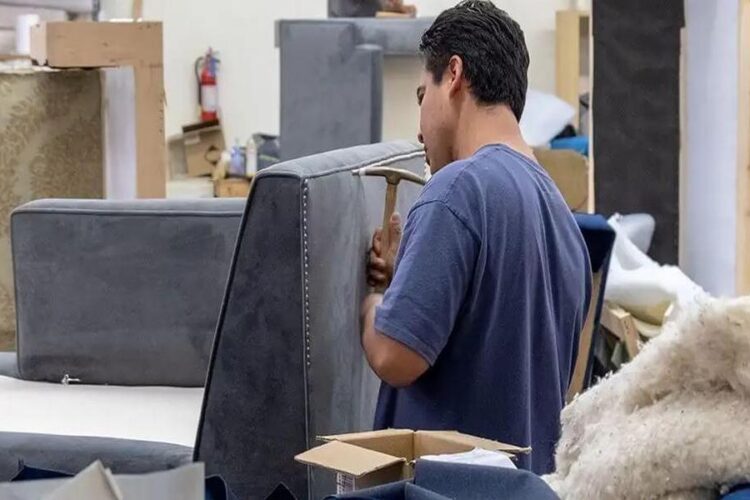Foam filling is the process of controlling the amount and consistency of foam that is used to fill a particular object or space. This can range from the foam that is used to fill a cushion, to the foam that is used to fill a gap in a wall. The control of foam filling is important because it affects the performance and durability of the object being filled. Foam that is overfilled can cause distortion or damage to the object, while underfilled foam can result in insufficient support or protection.
foam filling can be accurately and consistently controlled, resulting in better support and protection, reduced waste and costs, and a smaller carbon footprint. Whether in building insulation, automotive safety components, or other applications, foam filling can provide significant benefits for both the object being filled and the environment.
How is Foam filling Achieved?
There are several methods used to achieve foam filling, each with its unique benefits and drawbacks. One method is to use a foam-filling machine, which injects foam into the object being filled. This machine can be programmed to dispense a precise amount of foam, ensuring consistent and accurate filling. Another method is to use a foam-filling gun, which allows the foam to be sprayed directly into the object. This method is more flexible, allowing for the filling of tight spaces and irregularly shaped objects.
In addition to the equipment used, the foam itself can be controlled through the use of additives and modifiers. These can be added to the foam mixture to adjust its density, viscosity, and curing time. The use of additives can also improve the insulation properties and fire resistance of the foam.
What are the Benefits of Foam Filling?
Foam-filling control has many benefits, both for the object being filled and the environment. One of the most significant benefits is improved performance and durability. Foam that is accurately and consistently filled provides better support and protection, reducing the risk of damage or failure. This can be especially important in applications such as building insulation or automotive safety components.
Another benefit of foam filling is improved efficiency and cost-effectiveness. By using precise amounts of foam, waste is reduced and material costs are minimized. Additionally, the use of additives and modifiers can improve the properties of the foam, reducing the need for additional layers or coatings.
Foam filling also has environmental benefits. By reducing waste and minimizing material usage, foam filling can reduce the carbon footprint of the object being filled. Additionally, the use of environmentally friendly additives and modifiers can further reduce the environmental impact of foam
Foam filling is an important process that can improve the performance, durability, efficiency, and environmental impact of a variety of objects and applications. By using precise equipment, additives, and modifiers, foam filling can be accurately and consistently controlled, resulting in better support and protection, reduced waste and costs, and a smaller carbon footprint. Whether in building insulation, automotive safety components, or other applications, foam filling can provide significant benefits for both the object being filled and the environment.

